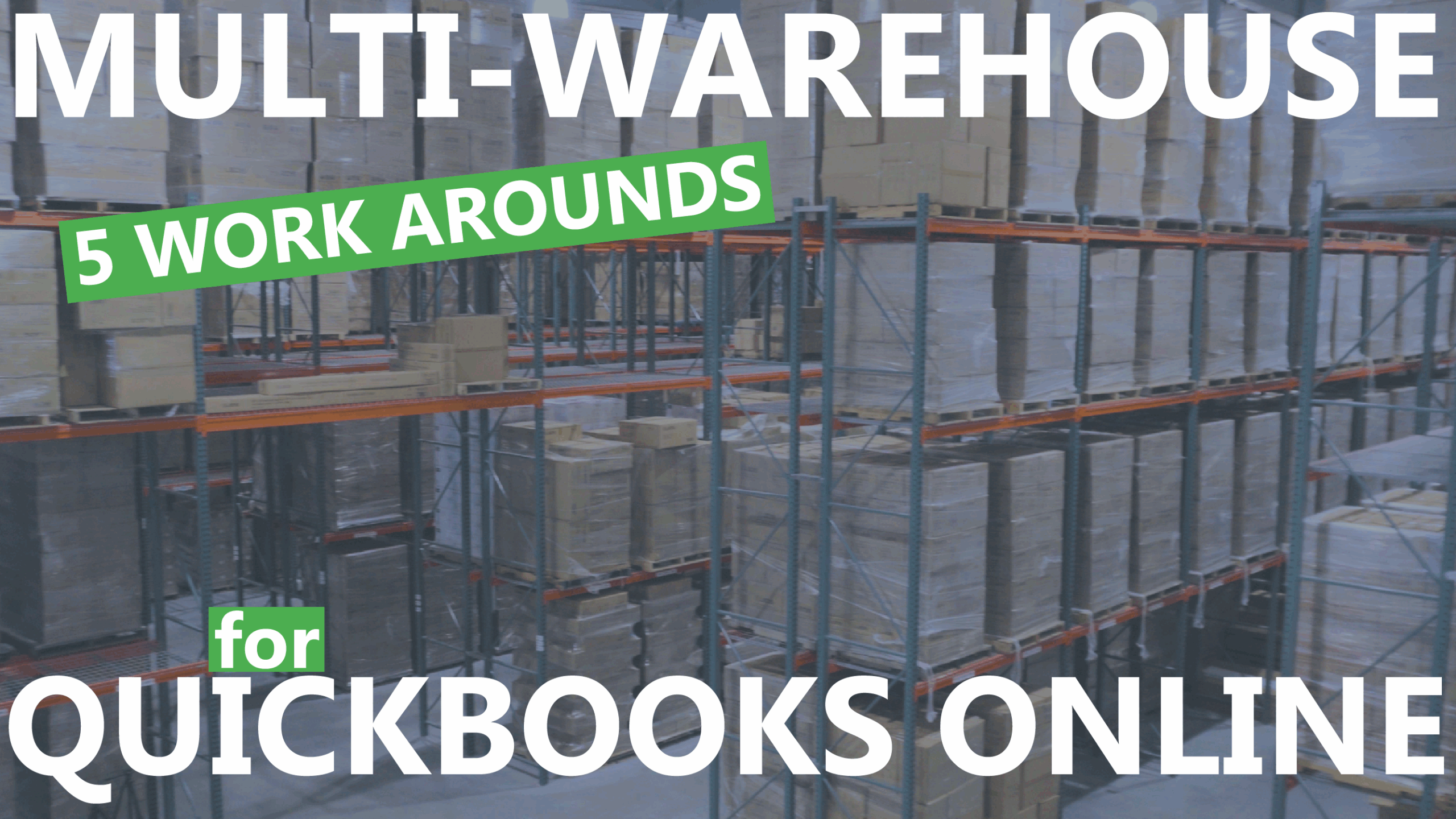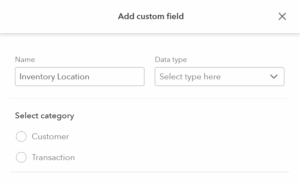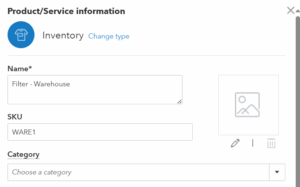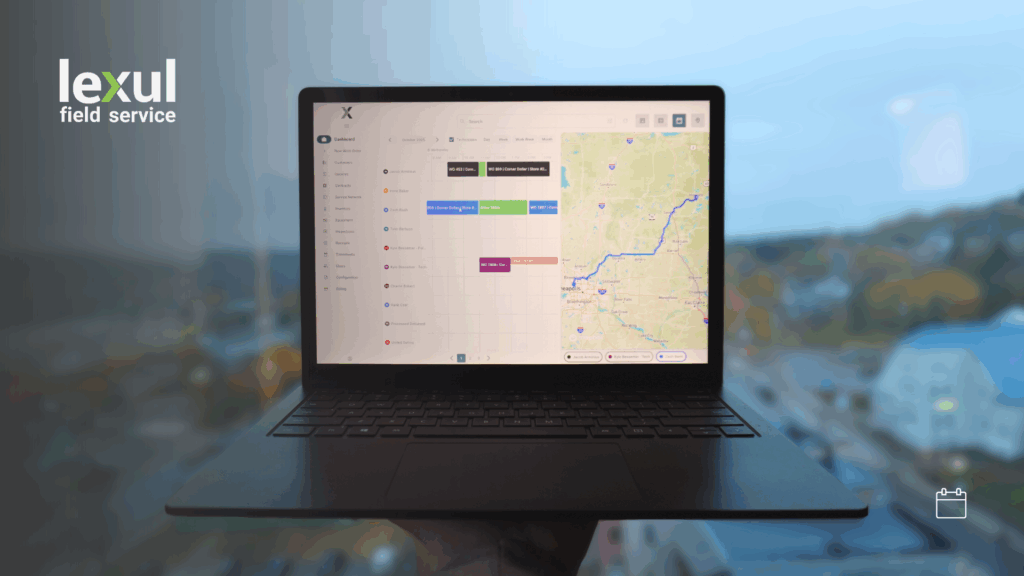So it turns out that QuickBooks Online doesn’t natively support multi-warehouse inventory—but here’s a five workarounds that help to achieve this.
1. Use Class or Location Tracking
Sorts financials by warehouse, truck, or job site, but not by quantities
- Enable in Account & Settings > Advanced > Categories
- Assign to:
- Bills, Invoices, POs, Adjustments
- Use reports to view COGS or purchases by location
Limitations:
- Inventory quantities are not split by location
- No transfer or availability per warehouse
This is good for: Teams needing financial segmentation by location.

2. Custom Fields on Transactions
Adds location tagging for documentation or reporting purposes
- Create a custom field like Inventory Location
This can then be applied to:- Inventory Adjustments
- Invoices, Sales Receipts
- Purchase Orders, Bills
- Export for spreadsheet-based analysis
Limitations:
- There is no effect on actual inventory quantity
- Not shown in QuickBooks Online inventory reports
- No alerts or automation
This is best for: Adding location context for manual tracking or audits.
3. Duplicate Items per Location
Create item variants to simulate stock per location
- Examples:
- Filter – Warehouse
- Filter – Truck 1
- Adjust between them as a manual “transfer”
- Track inventory per item in QuickBooks Online
Limitations:
- Quickly becomes unmanageable
- Complicates inventory reporting
Best for: Small teams with a few items and fixed locations.
4. External Spreadsheet or Database
Maintain actual quantity per warehouse outside QuickBooks Online
- Use a Google Sheet, Excel file, or Airtable
- Log:
- Stock received
- Transfers
- Usage by tech/location
- Use inventory adjustments in QuickBooks Online to reconcile totals
Limitations:
- No automation unless paired with tools like Zapier or Make
- Double data entry risk
Is best for: Budget-conscious teams with <100 SKUs.
5. Manual Journal Entries to Simulate Transfers
Adjust inventory valuation accounts by warehouse
- Create journal entries like:
- Dr Inventory – Truck 2 / Cr Inventory – Warehouse A
- Pair with inventory adjustments to match quantities
Limitations:
- No inventory reports reflect transfers
- Requires manual matching of physical and financial records
Best for: Teams needing financial balance without inventory automation.
There’s a Better Way with Lexul Field Service
A field service approach to inventory connected to QuickBooks Online
- Use: Optimize QuickBooks Online while integrating with Lexul Field Service
- Automate:
- Track location specific inventory
- Transfers between sites
- Paired physical and financial inventory records
Limitations:
- Requires initial setup
- Relies on third party app that is separate from QuickBooks Online
Great for: Teams needing automation and on the go field-to-office sync.















